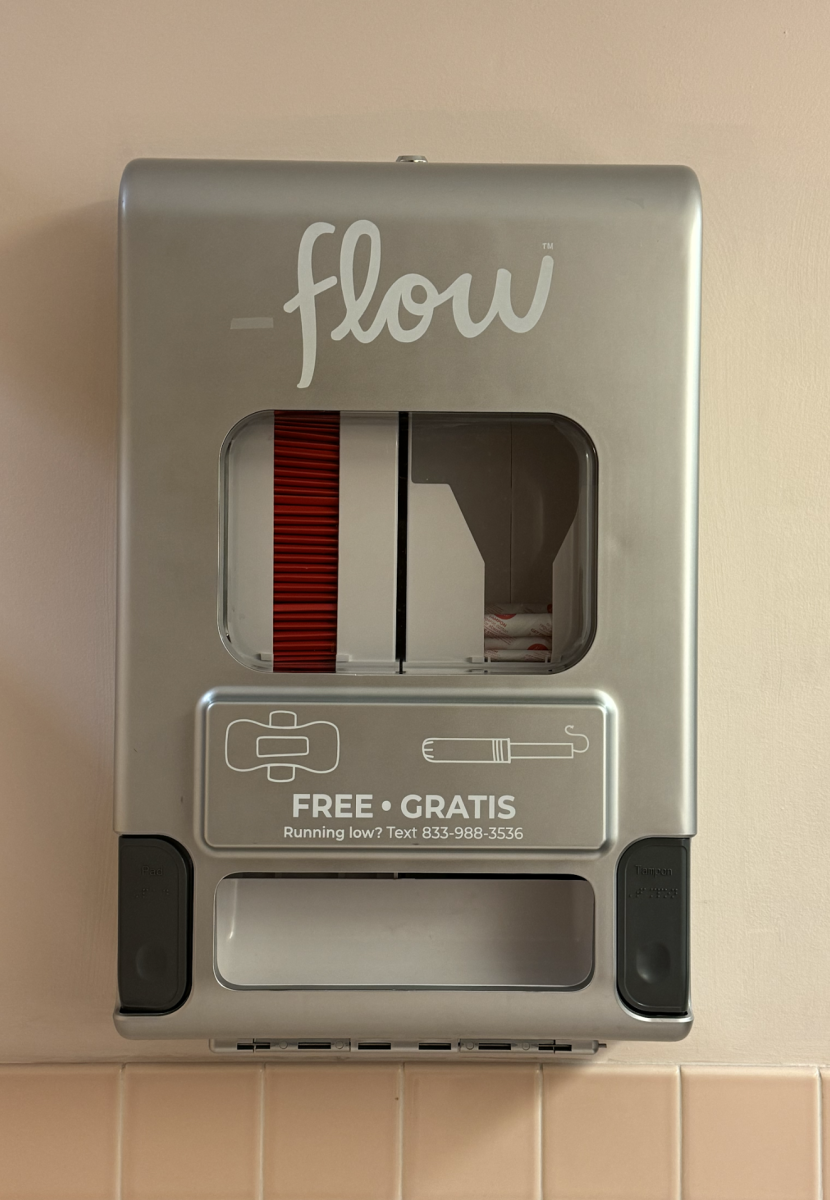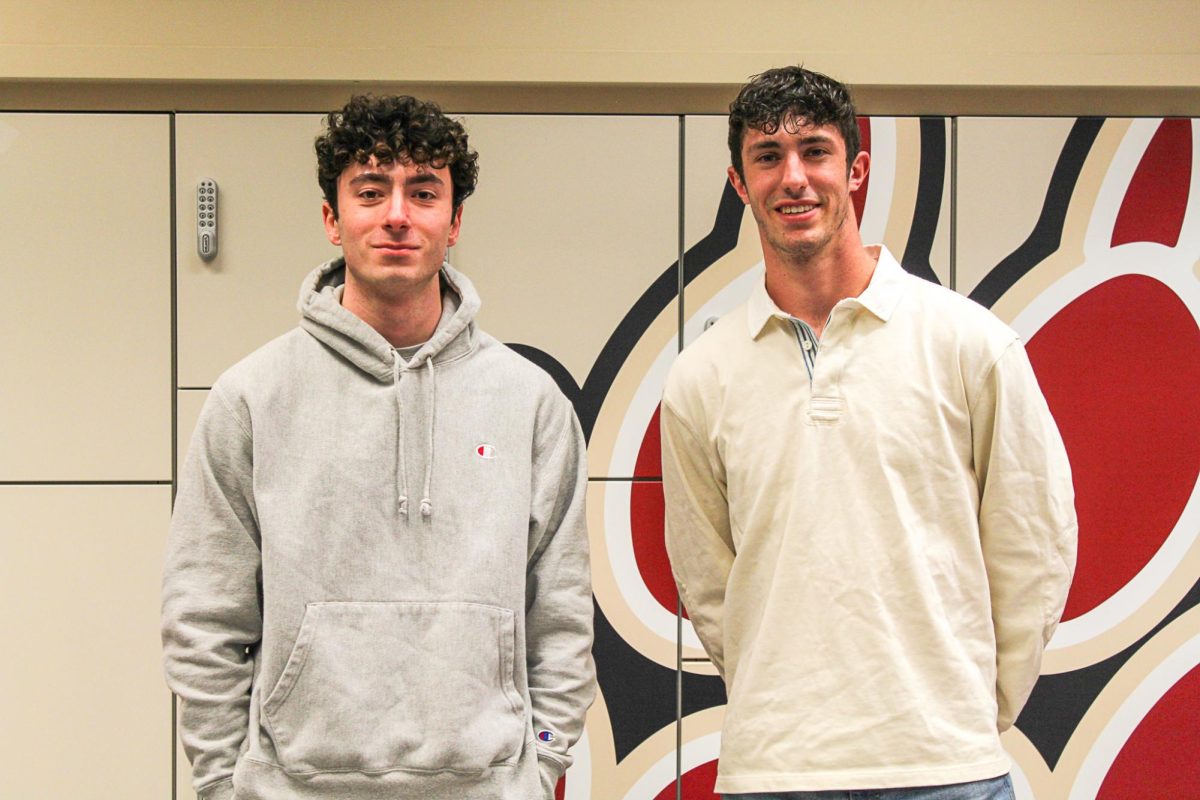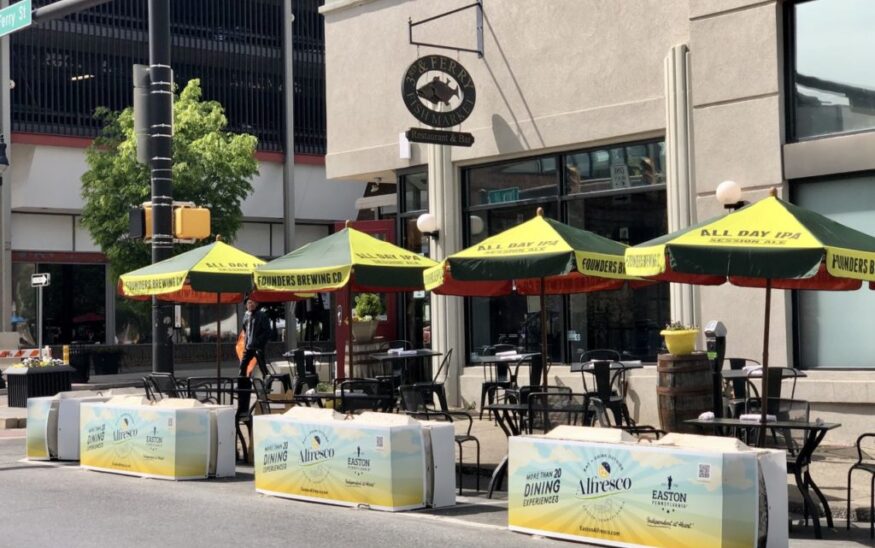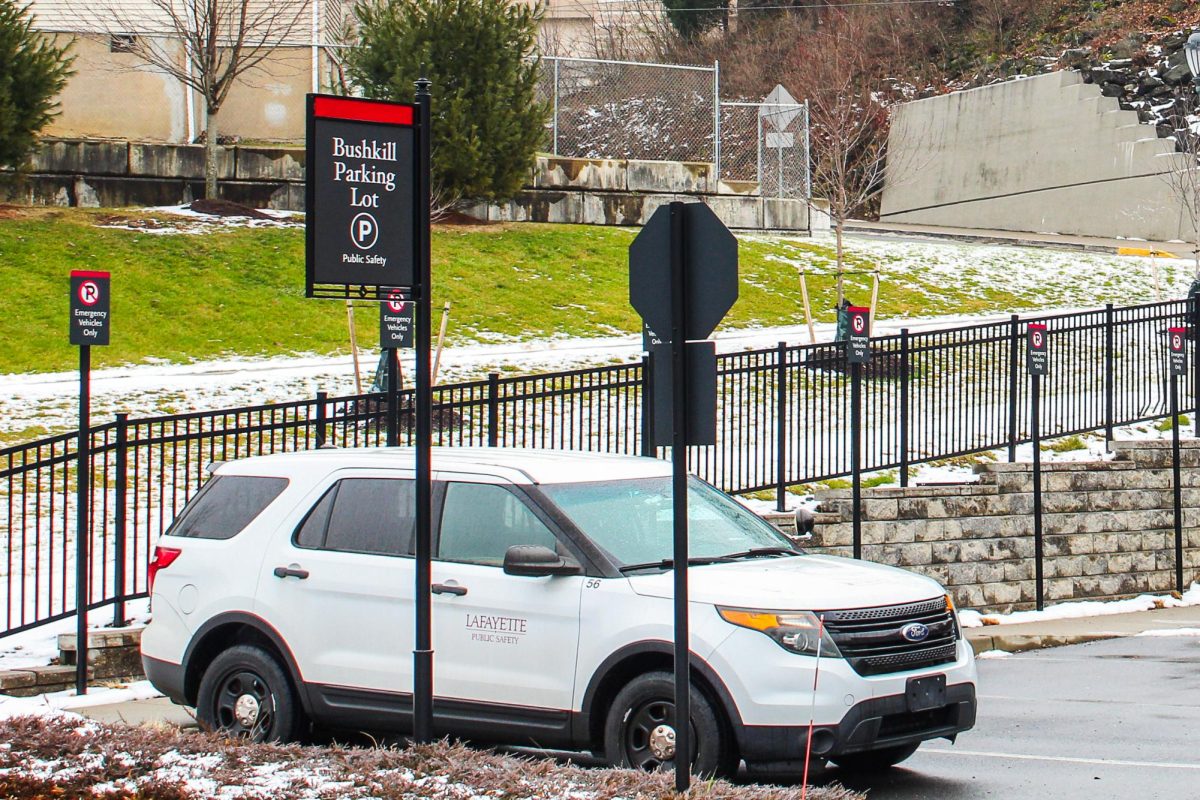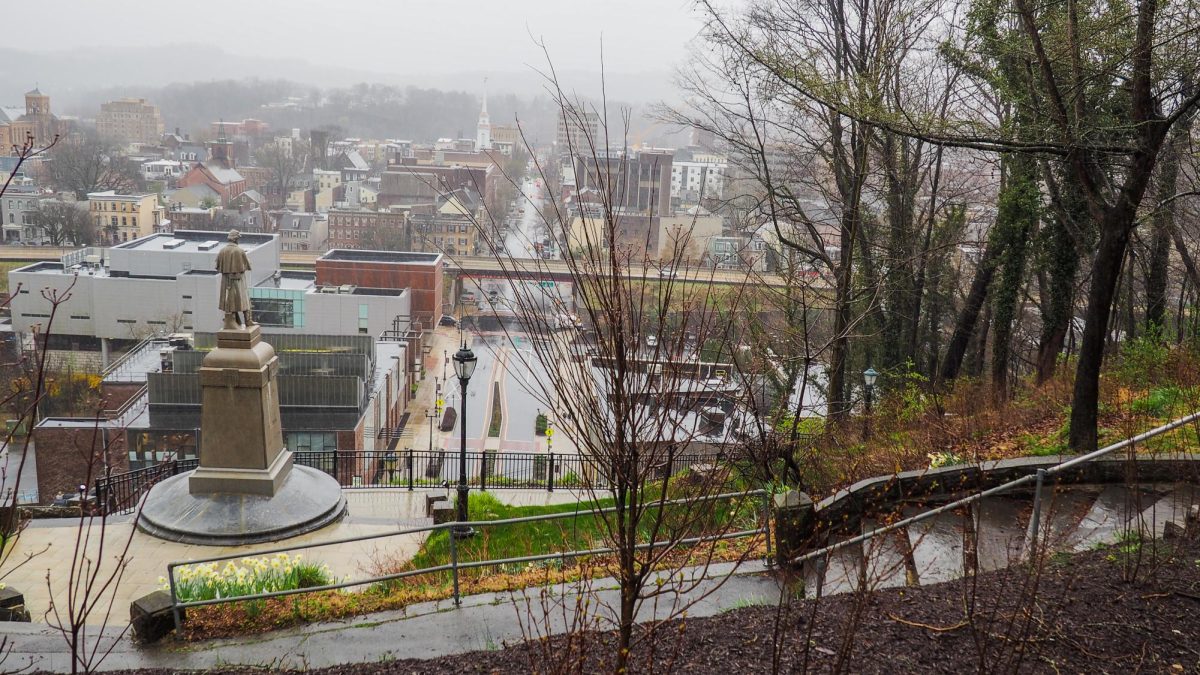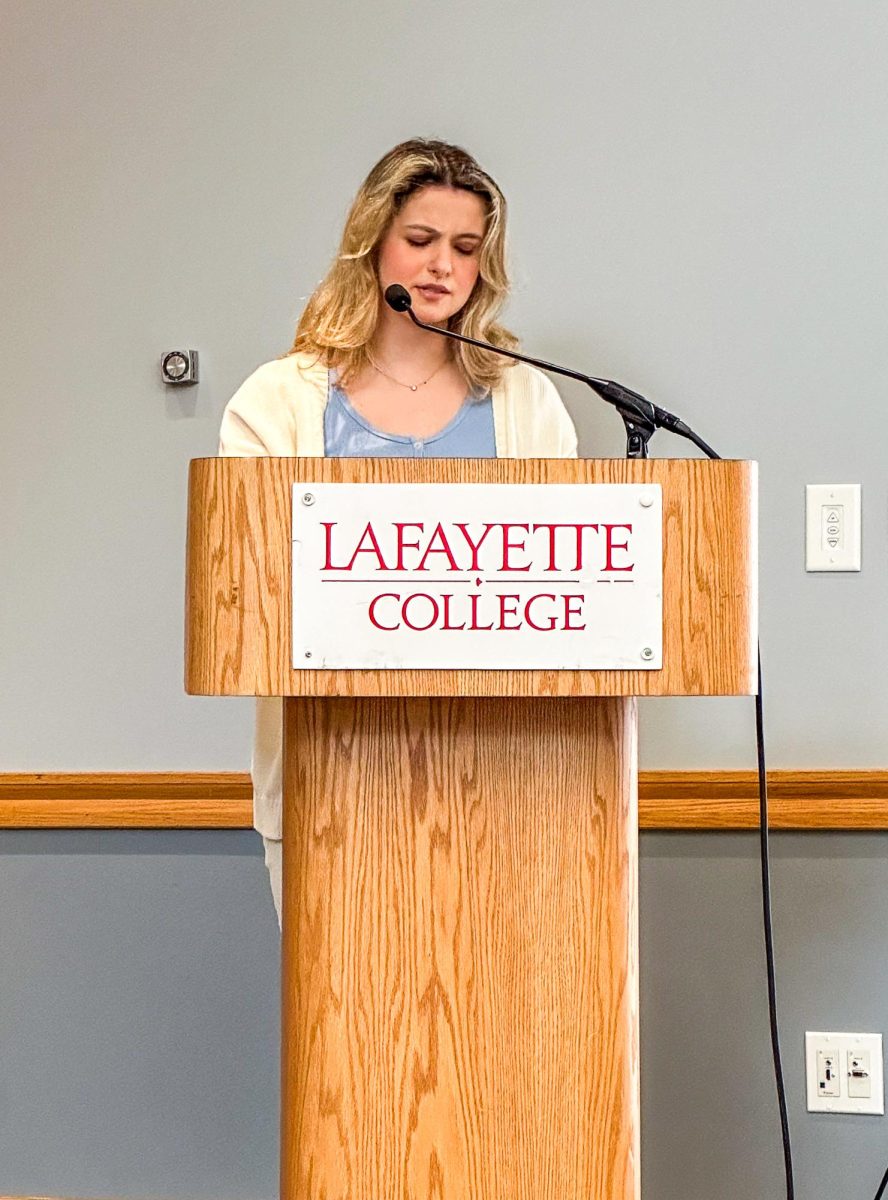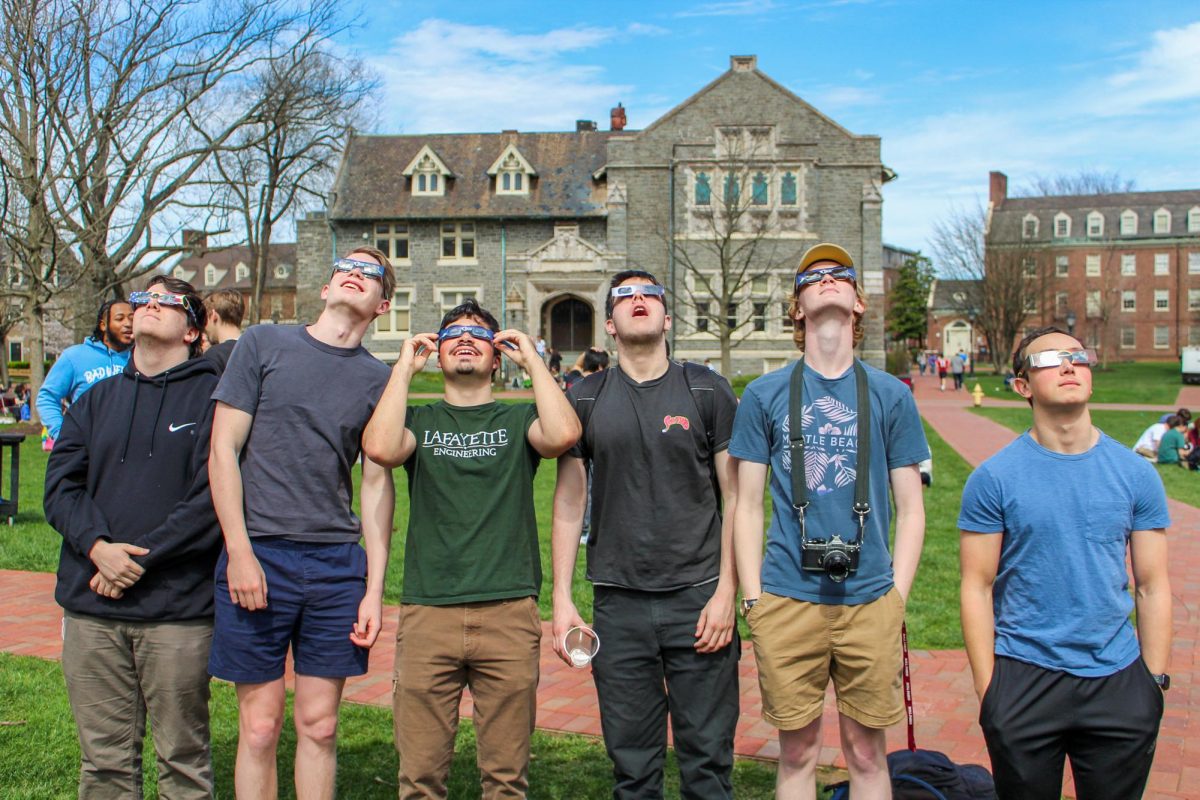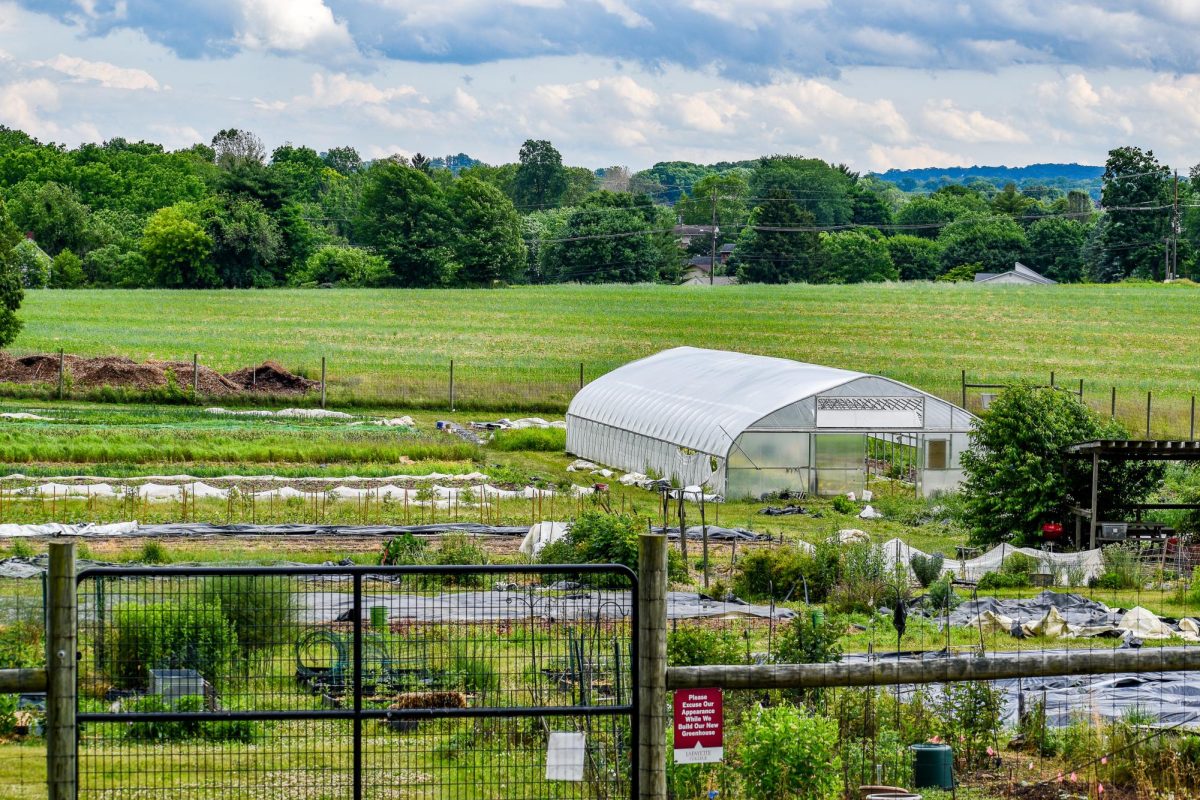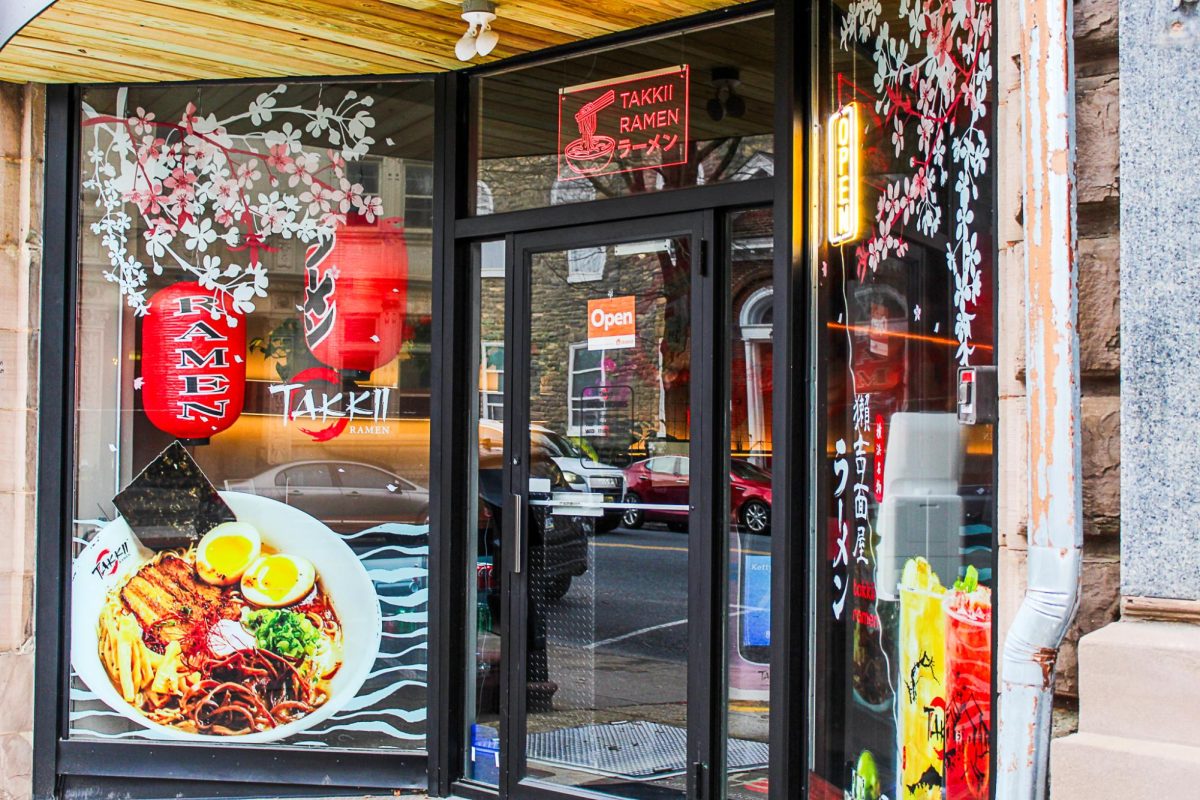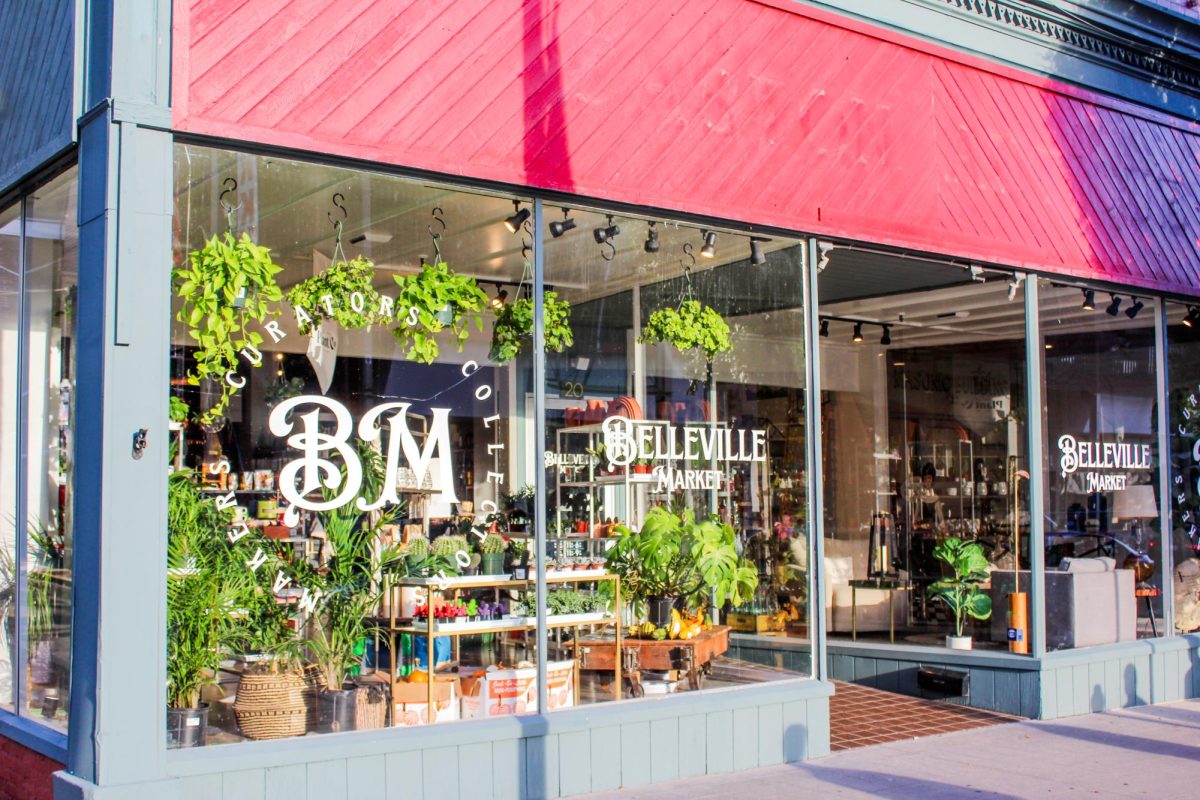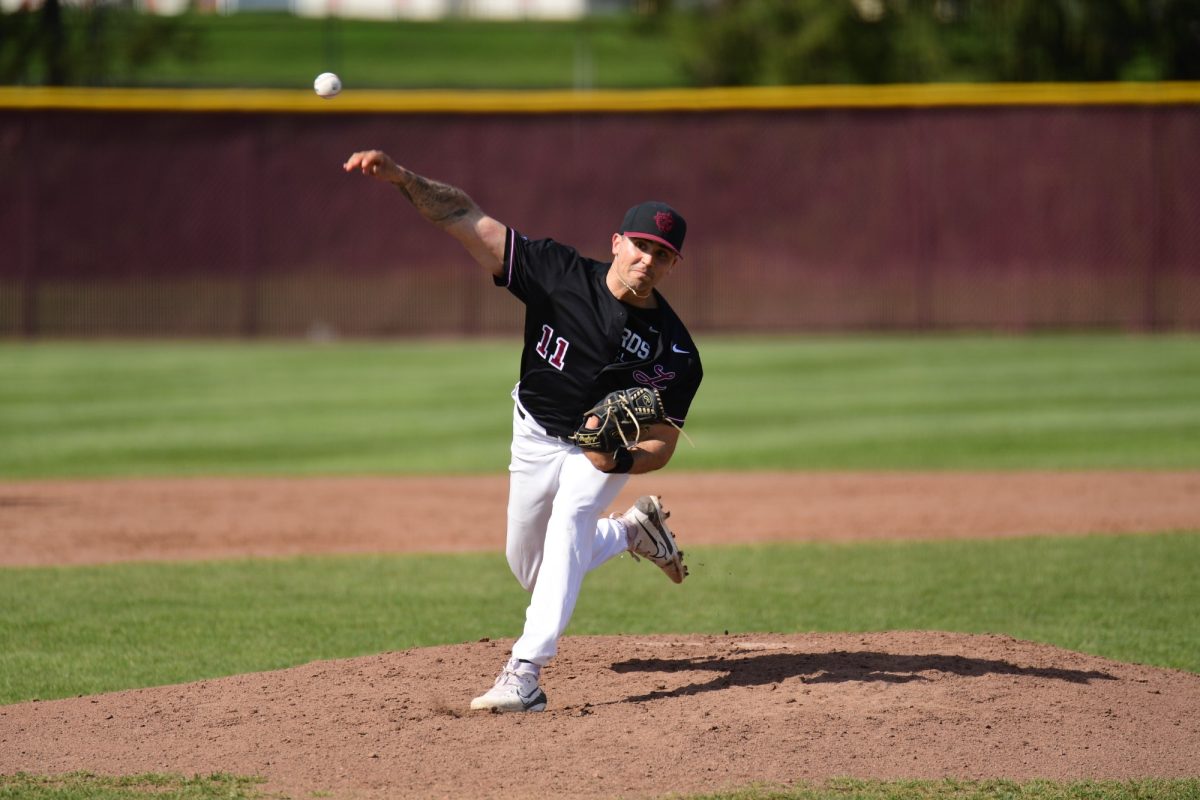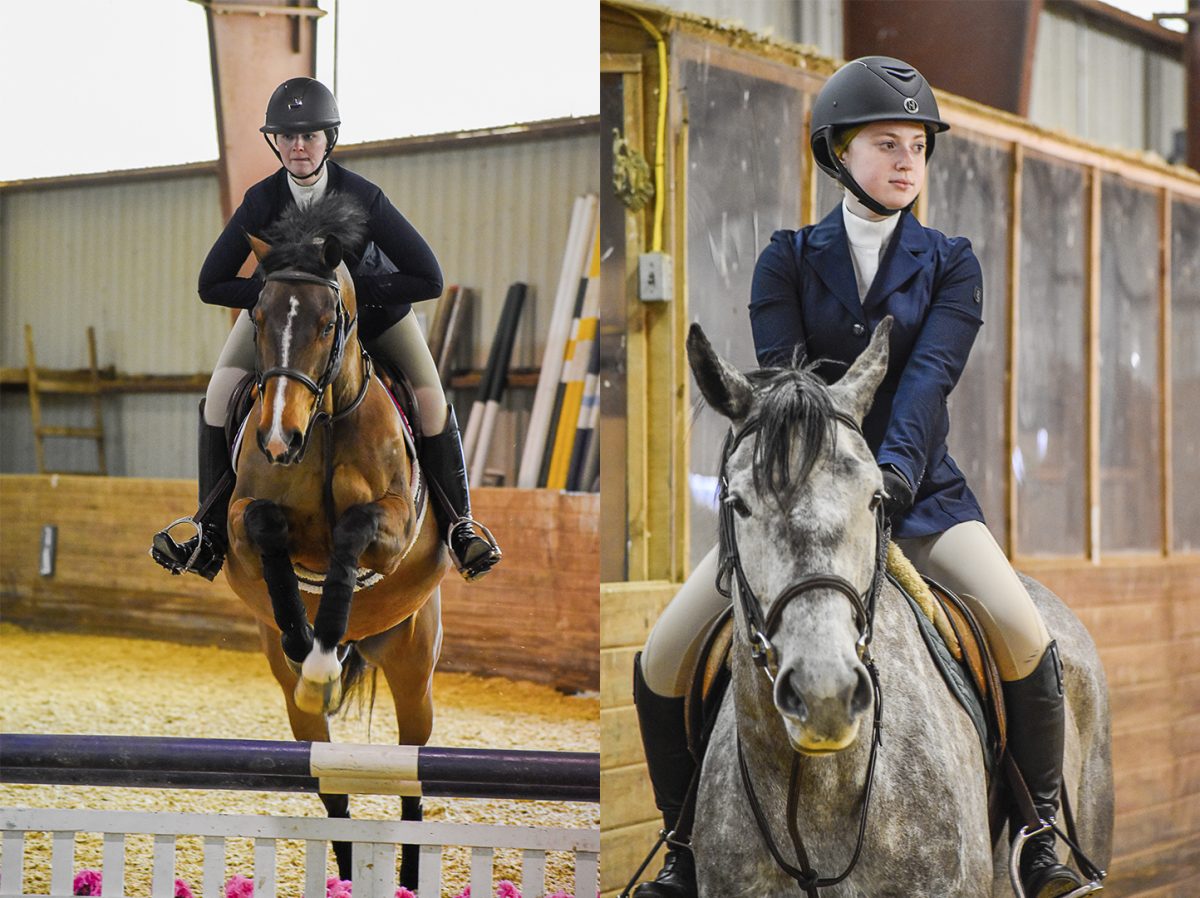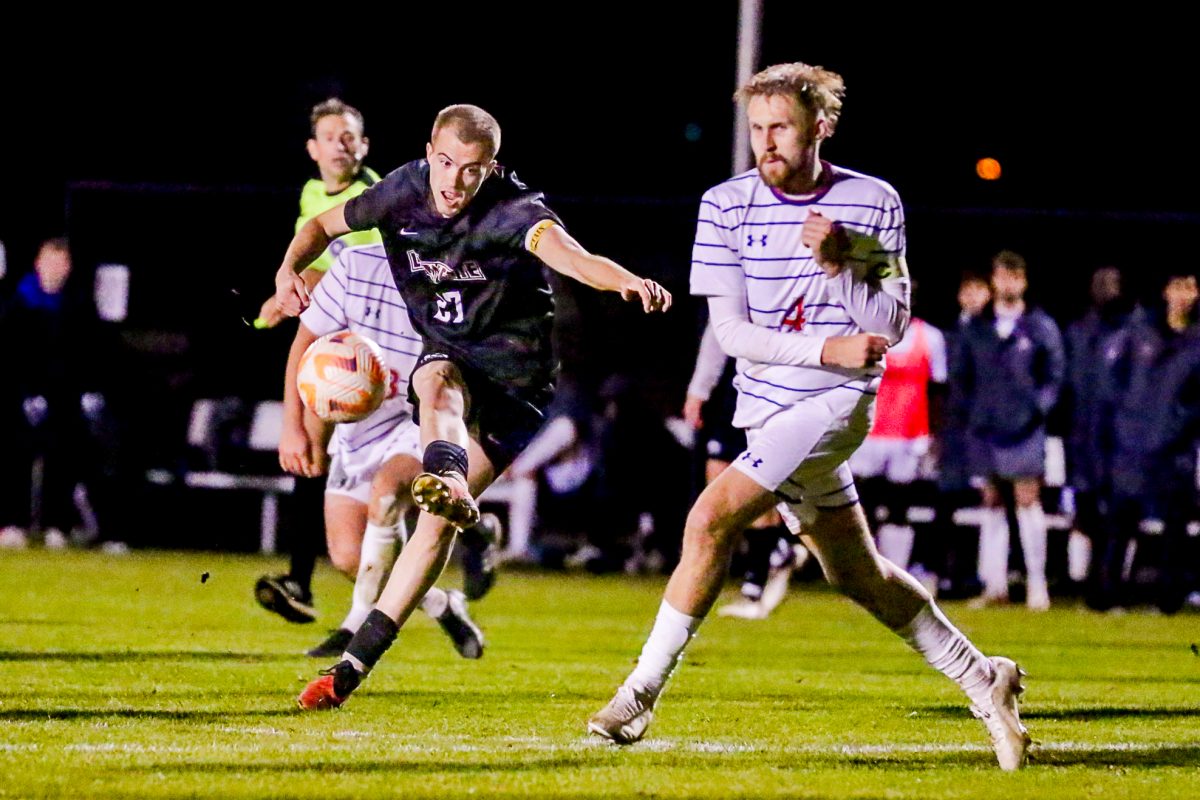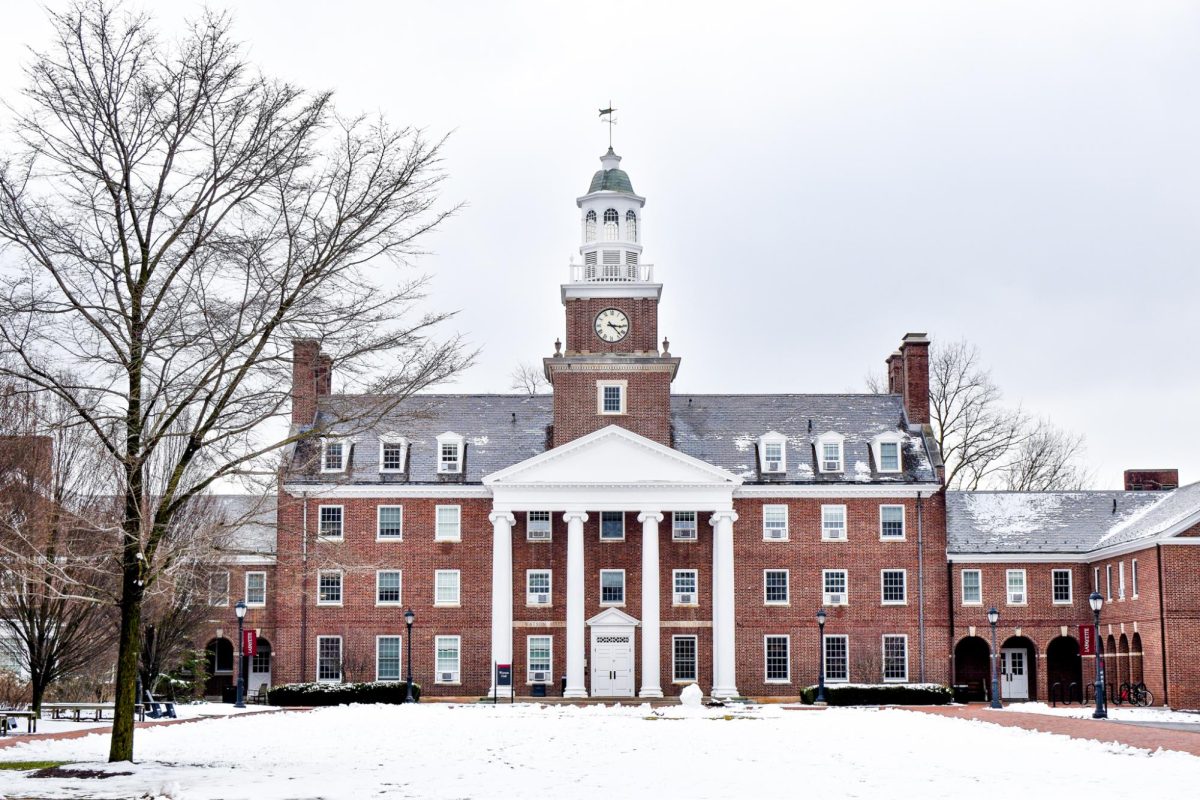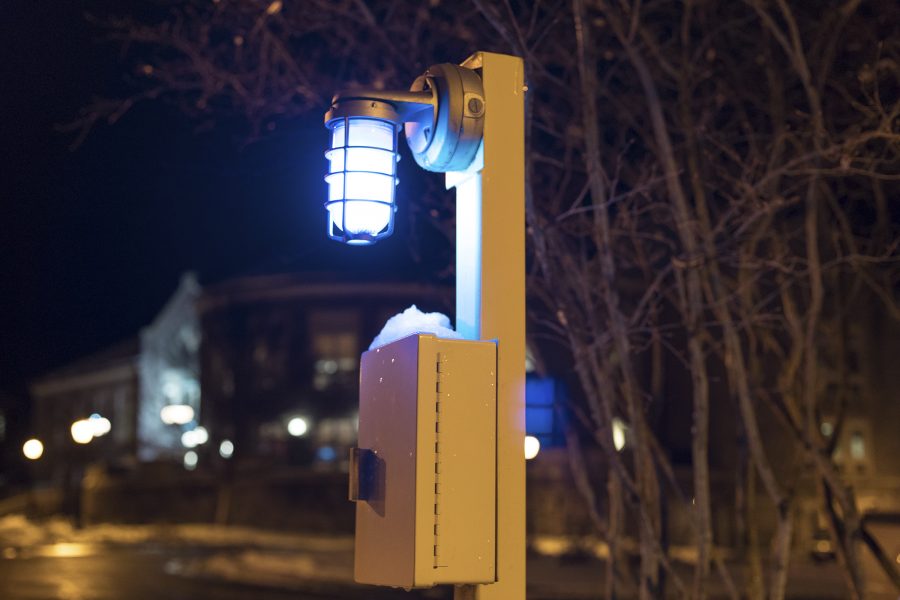Picture this: you’re sitting in your morning class in Pardee Hall, when all of a sudden some students’ phones go off. It’s an alert from Public Safety. There’s an active shooter on campus. Would you know what to do next?
Plans of action for active shooter situations have because increasingly common as school shootings continue to make national headlines, such as the school shooting in Parkland, Fla., where 17 students and teachers were killed last month. A 2016 report by the U.S. General Accountability Office noted that 40 states required schools to conduct emergency drills for such situations.
The New York Times reported in February that over “400 people have been shot in over 200 school shootings” since a gunman killed 20 students and six adults at Sandy Hook Elementary School in 2012.
So what is the protocol on Lafayette’s campus? Are students prepared for such a situation?
Director of Public Safety Jeff Troxell said there is a section on the college’s website with safety tips for such emergency situations as an active shooter. Additionally, there is a video from the Federal Bureau of Investigation called “Run. Hide. Fight.” which advises students, faculty and staff on what to do in the event of an active shooter.
Troxell also said that the college practices a lockdown drill once a year on campus, however, it mostly for solidifying and practicing public safety protocol, and students and faculty are uninvolved.
“[It’s] really to practice our protocols. It’s for dispatch, we invite Easton police, Easton fire to be here on campus. We work with facility operations to make sure that our access control systems are working properly,” Troxell said.
The most recent lockdown drill took place on Jan. 3 during the winter interim when most students were not on campus.
Troxell said he believes the campus used to do more full-scale lockdown drills, but he does not know when the last one was held. There are no set plans for one in the near future.
While a full-scale lockdown has not happened recently, Troxell said the school actually responded to an active shooter situation just a couple years ago when there was an armed robbery in Easton in January 2016.
“We have an incident a couple years back where we had an armed robbery in downtown Easton and the assailant was headed this way, so we did lockdown the campus. We set up a perimeter. It’s a pretty dynamic situation,” Troxell said.
So what does “lockdown” look like at Lafayette in an event of an active shooter? From the police department side, this entails immediate and direct action.
“Our protocol is that if we get a call of an active shooter or report of a gun, we would immediately dispatch all units to visually confirm what is happening, report back to dispatch, and once its confirmed that that’s what is happening, our position is to actively pursue that threat and take out the threat,” Troxell said.
In addition to action from public safety, dispatch calls for backup from Easton police, and the premises are secured.
“Fob access would be limited. People could still exit the building but they couldn’t get in. The remaining buildings on campus, the ones that have to be manually locked down, will be manually locked down by facilities [inside those buildings],” Troxell said.
If students are outside buildings in the open during an active shooter situation and lose fob access, Troxell said “then you move on to the next building.”
In the event of a campus lockdown, an E2Campus Alert would also be sent out to the school community via both email and text message. While this is a free notification system, students must have previously signed up for it in order to receive these alerts. Troxell said students are made aware of this alert system at orientation, and that he also shares that information with other groups, such as resident advisors.
President Alison Byerly said this protocol is a discussion in which she personally has been and continues to be involved.
“I’ve personally sat in meetings where there’s discussion of… how emergency messages get sent out, what sorts of decisions would need to be made about how to operate,” she said.
“It’s certainly something that one would prefer not to think about, but it is something that we’ve thought about as a campus. So public safety certainly has a set of protocols in place, and we have a number of people on campus who are part of discussions about how we would manage a situation of that kind,” Byerly added.
Troxell said the protocol today is much different that what is was “pre-Columbine.” In 1999, two gunmen, who were students, killed 13 people at Columbine High School in Colorado, subsequently ending their own lives.
“The idea pre-Columbine days were…you set up a perimeter, and then you decide, you talk, and you negotiate and you try to decide what happens,” he said.
“After Columbine, that protocol had change. You respond with what you have, and the officers go in to take out the threat. That’s what’s changed over the years from the Columbine days. There’s no longer sitting outside waiting to see what happens. We have to go in,” Troxell added.
In addition to educating the community on how to be prepared, Byerly said that while the college chooses not to respond immediately after public incidents, they do try to make the campus aware of what to do in these situations.
“We have periodically sent out an email with active shooter advice, sometimes linking to a video on the topic. I don’t know when is the most recent time we’ve done that. We don’t usually do that immediately after a situation because it feels like it kind of enhances panic,” Byerly said.
As for education from public safety, Troxell said he encourages students and faculty to read the tips listed on the school website and to watch the video from the FBI.


